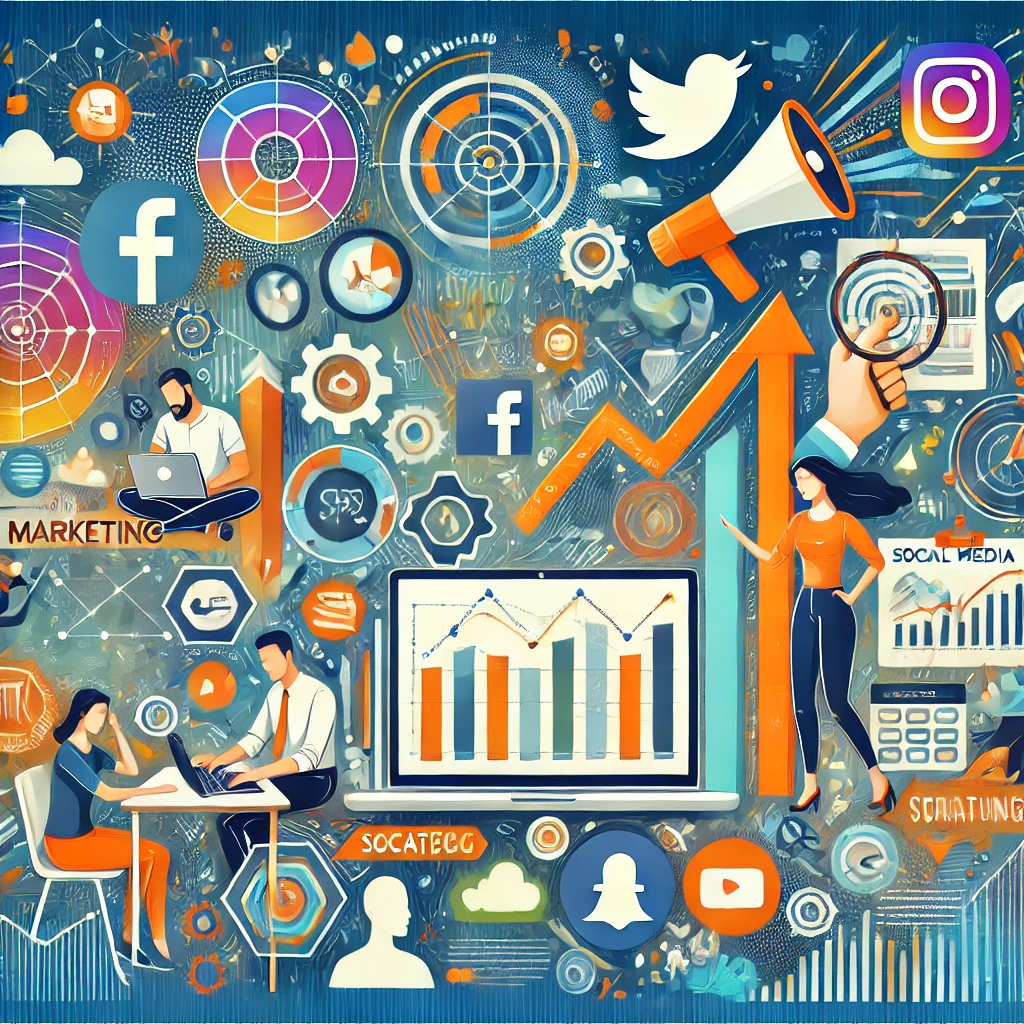
The Evolution of HR: From Administrative to Strategic
- HR has shifted from administrative tasks to strategic roles.
- Focus areas: workplace culture, employee engagement, and aligning policies with business goals.
- Key skills: soft skills, strategic thinking, adaptability, and technological expertise.
Technology Transforming HR Operations
- Artificial Intelligence (AI) and Machine Learning (ML): Automating tasks like resume screening and onboarding.
- HR Analytics: Using data for insights on employee performance and retention.
- Cloud-Based HR Systems: Streamlining workflows and enhancing collaboration with tools like Workday and BambooHR.
- Gamification: Engaging recruitment and training through simulations and interactive methods.
The Rise of Remote Work and Hybrid Models
- Managing distributed teams and ensuring communication and belonging.
- Strategies: virtual team-building, remote well-being monitoring, and compliance for remote work.
Focus on Employee Experience and Wellness
- Initiatives: flexible work policies, wellness programs, and personalized career development.
- HR’s role: fostering a positive environment and advocating innovative employee experience strategies.
Diversity, Equity, and Inclusion (DEI)
- Designing unbiased recruitment processes and promoting inclusive leadership.
- Training employees on unconscious bias and creating respectful workplaces.
Gig Economy and Flexible Workforce
- Managing diverse workforces: full-time employees, gig workers, and contractors.
- Key focus: developing equitable policies and leveraging technology for workforce management.
Upskilling and Lifelong Learning
- Importance of continuous learning for career growth.
- Areas for upskilling: data analytics, digital HR tools, leadership, and compliance.
- Certifications: SHRM, HRCI, CIPD for enhancing credentials.
Sustainability and Corporate Social Responsibility (CSR)
- Promoting eco-friendly practices and aligning goals with sustainable development.
- Encouraging employee volunteerism for CSR initiatives.
Leadership Development and Succession Planning
- Identifying and nurturing high-potential employees.
- Designing leadership programs and succession strategies.
The Future of Recruitment: AI, Automation, and Employer Branding
- Trends: AI-powered video interviews, predictive analytics, and social media recruiting.
- Importance of employer branding to attract talent.
HR Jobs for Freshers: Skills and Opportunities
- Key skills: communication, digital proficiency, labor law knowledge, and adaptability.
- Entry-level roles:
- HR Assistant: Administrative support and onboarding.
- Talent Acquisition Associate: Managing recruitment processes.
- HR Analyst: Data insights on employee performance.
- Learning and Development Coordinator: Training programs and workshops.
12. Conclusion: Embracing the Future of HR
- HR is becoming technology-driven, people-focused, and dynamic.
- Freshers have opportunities to influence workplace culture and innovation.
- Staying updated with trends and acquiring skills are essential for thriving in HR careers.

Introduction to Digital Marketing
- Use of online platforms and digital channels to promote products, services, or brands.
- Methods include social media, search engines, content marketing, and email marketing.
- Effective for reaching a broader audience and achieving measurable results.
Importance of Marketing Strategies
- Structured plans to identify, attract, and retain customers.
- Align marketing goals with business objectives.
- Optimize resources and maximize ROI.
E-Mail Marketing: A Core Component of Digital Marketing
- Sending promotional messages to a targeted audience via email.
- Cost-effective and remains a popular digital marketing technique.
- Offers direct communication, personalized messaging, and measurable performance.
Benefits of E-Mail Marketing
- Cost-effective with minimal investment.
- Provides high ROI compared to other channels.
- Enables personalization based on user preferences and behavior.
- Offers measurable results like open rates and click-through rates.
Types of E-Mail Marketing Campaigns
- Welcome emails for new subscribers.
- Promotional emails for sales and discounts.
- Transactional emails for confirmations and updates.
- Newsletter campaigns for updates and news.
- Re-engagement emails to revive inactive subscribers.
Key Elements of Effective E-Mail Marketing
- Compelling subject lines to grab attention.
- Relevant and audience-focused content.
- Clear call-to-actions (CTAs) for desired actions.
- Mobile-friendly designs for better accessibility.
- Use of automation tools like Mailchimp and HubSpot.
Role of Digital Marketing in Business Growth
- Enhances brand awareness globally.
- Drives website traffic through SEO and PPC.
- Builds customer engagement with interactive content.
- Boosts conversions using data analytics.
Essential Digital Marketing Strategies
- Search Engine Optimization (SEO) for better rankings.
- Pay-Per-Click Advertising (PPC) for paid traffic.
- Content marketing for valuable and relevant material.
- Social media marketing on platforms like Instagram and LinkedIn.
- Influencer marketing for niche audience engagement.
Integration of E-Mail Marketing with Digital Marketing
- Combines the directness of email with the reach of social media and SEO.
- Promotes content across multiple digital platforms.
- Uses automation tools for seamless integration.
Common Mistakes to Avoid in E-Mail Marketing
- Sending emails without recipient consent.
- Overloading subscribers with frequent emails.
- Neglecting audience segmentation.
- Ignoring performance metrics and analytics.
Latest Trends in Digital Marketing
- AI and chatbots for automated customer interactions.
- Dominance of video content on platforms like YouTube and TikTok.
- Voice search optimization for smart devices.
- Personalization using advanced data insights.
Measuring Success in Digital Marketing
- Key Performance Indicators (KPIs) for e-mail marketing include open rates, click-through rates, and conversion rates.
- Tools like Google Analytics track overall campaign performance.
- Customer feedback through surveys and reviews gauges satisfaction.
Future of Marketing Strategies
- Focus on sustainability and purpose-driven marketing.
- Advanced AI for predictive analytics and customer insights.
- Greater emphasis on omnichannel marketing approaches.
- Enhanced customer experience via data-driven strategies.
Conclusion
- E-mail marketing, digital marketing, and strategic planning are essential to modern marketing.
- Adapting to trends and leveraging technology ensures competitiveness.
- A customer-centric and integrated approach drives long-term success.